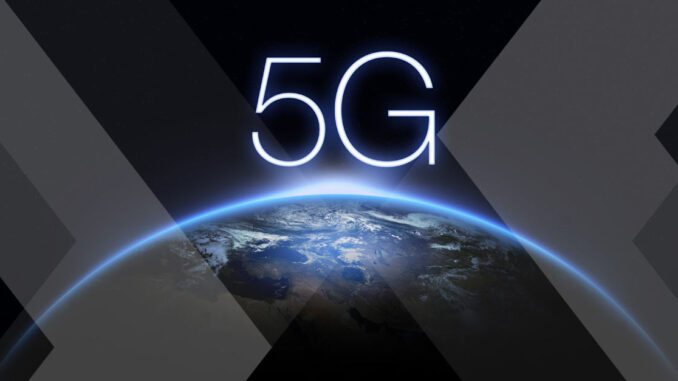
The 5G Core (5GC) is a fundamental component of the 5G network architecture, which facilitates the handling of various services, applications, and user experiences in a more efficient and flexible manner compared to previous generations of mobile networks.
It serves as the backbone for the 5G ecosystem, supporting diverse use cases, from enhanced mobile broadband (eMBB) to ultra-reliable low-latency communication (URLLC) and massive machine-type communication (mMTC).







### Key Features of the 5G Core
1. **Service-Based Architecture (SBA)**:
– The 5G Core is built on a Service-Based Architecture that allows for greater modularity and flexibility. Network functions can communicate with each other using standard APIs, enabling easier integration and deployment of new services.
2. **Network Slicing**:
– One of the significant innovations in 5G is the capability to create multiple virtual networks, or “slices,” from a single physical infrastructure. Each network slice can be customized to meet the specific needs of different applications or services (e.g., IoT, video streaming, or emergency services).
3. **Decoupled Control and User Plane**:
– The 5G Core separates the control plane (which manages signaling and control functions) from the user plane (which handles data traffic). This separation allows for more efficient resource allocation and improved scalability.
4. **Enhanced Security**:
– The 5G Core includes advanced security features, such as user data privacy, secure authentication, and encryption, to protect against emerging threats and vulnerabilities.
5. **Support for Multi-Access Edge Computing (MEC)**:
– The architecture supports edge computing, allowing data processing and storage to occur closer to the end user, reducing latency and improving performance for real-time applications.
6. **Interoperability**:
– 5G Core is designed to seamlessly interact with existing 4G (LTE) systems and other legacy networks, ensuring continuity and a smooth transition for users upgrading to 5G.
### Key Components of the 5G Core
1. **User Plane Function (UPF)**:
– Manages user data traffic and forwards it to and from the data network (Internet and other services).
2. **Session Management Function (SMF)**:
– Responsible for session management, including establishing, modifying, and releasing resource connections for user equipment.
3. **Access and Mobility Management Function (AMF)**:
– Manages user equipment access to the network, handles mobility, and ensures connection continuity.
4. **Network Repository Function (NRF)**:
– Maintains a repository of available network functions and their interfaces, enabling easy discovery and communication between functions.
5. **Unified Data Management (UDM)**:
– Handles user identity and subscription information, providing a single point of access for user data.
6. **Policy Control Function (PCF)**:
– Manages policy rules and decisions for service quality and resource allocation based on user requirements and network conditions.
7. **Network Exposure Function (NEF)**:
– Facilitates communication between third-party applications and the 5G Core, allowing external developers to create new services leveraging 5G capabilities.
### Use Cases of 5G Core
– **Enhanced Mobile Broadband (eMBB)**: Improved data speeds and higher capacity for smartphones and other mobile devices.
– **Ultra-Reliable Low Latency Communication (URLLC)**: Critical applications requiring very low latency, such as remote surgery or autonomous vehicles.
– **Massive Machine-Type Communication (mMTC)**: Support for a vast number of connected IoT devices, such as smart meters, sensors, and smart city infrastructure.
### Conclusion
The 5G Core is a pivotal technology that underpins the capabilities and flexibility of 5G networks. By leveraging its advanced architecture and components, telecom operators and service providers can deliver innovative services and cater to the growing demands of users and industries in a digital-first world. The transition to 5G Core is not merely a technological upgrade but a transformative shift in how network services are conceptualized, delivered, and utilized.


Leave a Reply